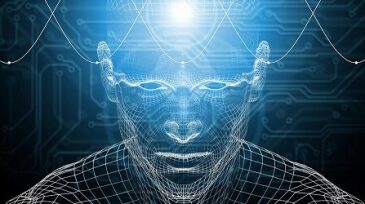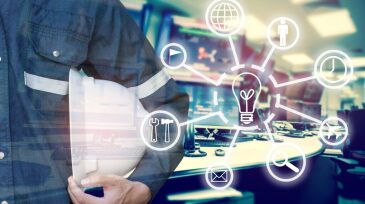machine learning
-
Deep learning is routinely used in products and services that affect hundreds of millions of lives, despite the fact that no one quite understands how it works. Now, the Office of Naval Research has awarded a $7.5 million grant to a group of researchers who think they can unravel the mystery.
-
Advanced machine-learning methods combined with aspects of game theory are helping operators understand the drivers of water production and improve forecasting and economics in unconventional basins.
-
Lloyd’s Register has partnered with STC Global to create an artificial intelligence tool expected to provide insight from incident data captured by HSE functions but left untapped.
-
Forced to tighten their belts financially by the coronavirus pandemic, businesses are increasingly using software that automates back-office tasks. The idea, of course, is for companies to save money by reducing the number of workers they need to handle clerical work.
-
Recent advances in data technology and machine learning have disrupted many businesses and processes and can lead to a new paradigm in workplace safety as well. This case study demonstrates the application of data science and predictive analytics to aid the health, safety, and environment function.
-
This story reviews well-adopted ideas that have stood the test of time, presenting a small set of techniques that covers a lot of basic knowledge necessary to understand modern deep learning research.
-
With evolving targets and techniques, the digital landscape is quaking. Are you cyber-ready for the threats?
-
Research shows how to understand the role of individual neurons in a neural network.
-
Like biological brains, artificial neural networks may depend on slow-wave sleep for learning.
-
Machine learning enables fast, cost-effective, and accurate methane emissions detection in remote areas.










